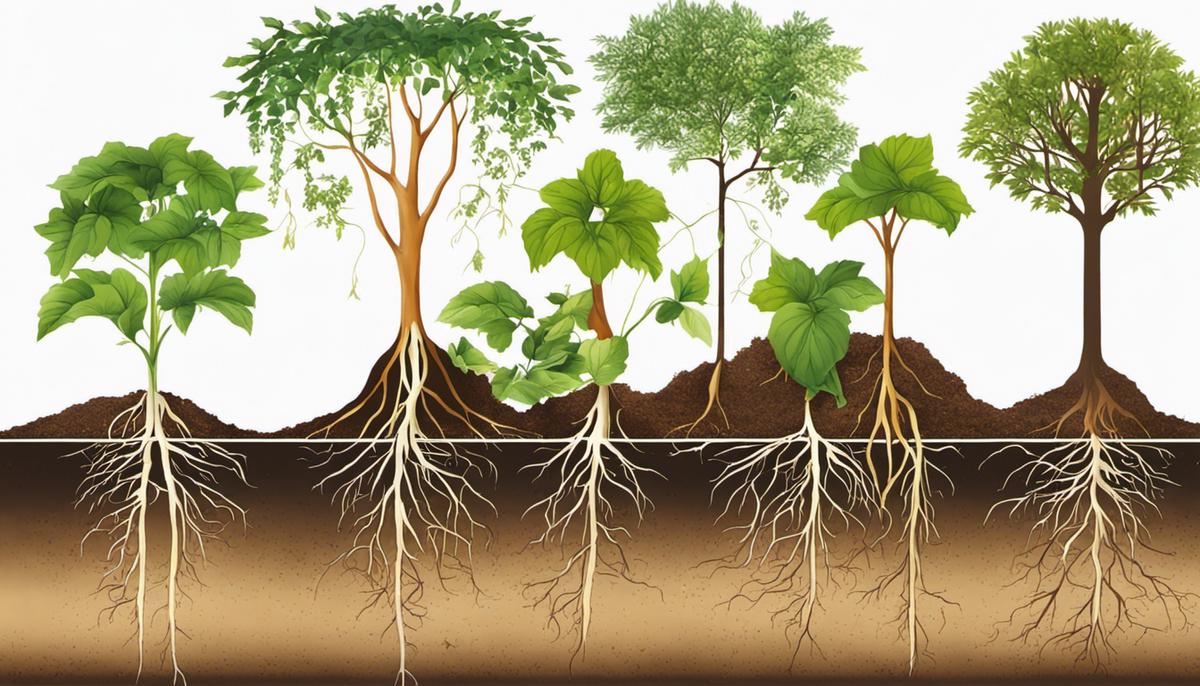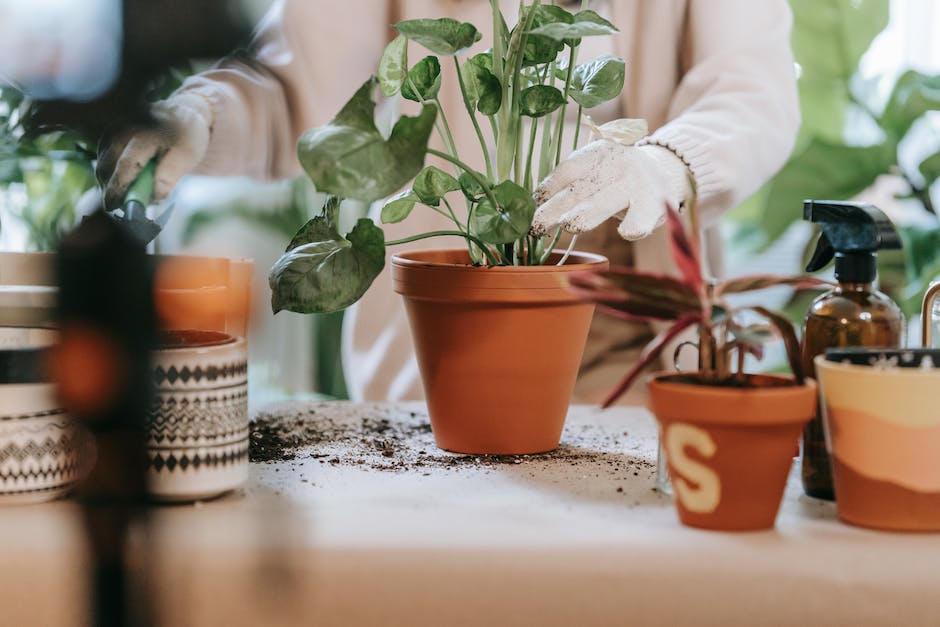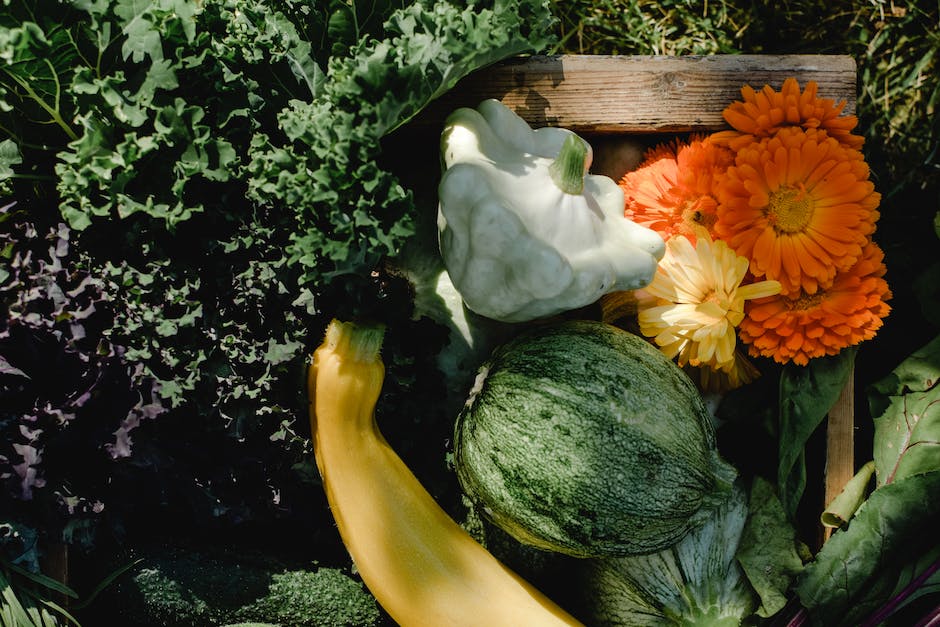Optimal Depth for Your Raised Garden Beds

Gardening, for many, is much more than a hobby—it’s a passion. Cultivating a vibrant, fruitful garden isn’t simply a matter of planting seeds and waiting for blooms or produce to appear. Indeed, there are many factors to consider. And one of the significant aspects when setting up a raised garden bed is deciding on the ideal depth at which to establish your plants. The depths vary based on the types of plants chosen and their requisite root systems, your budget for materials and design, and the potential impact on overall drainage and soil quality. Through this analysis, we’ll delve into each of these factors to empower the everyday gardener with the knowledge they need to establish a flourishing raised garden.
Understanding Plant Root Systems
Root Realizations: Planning for the Perfect Raised Garden
Every gardener dreams of nurturing a thriving raised bed garden, a vibrant tableau of healthy, beautiful plants that serve as a testament to their green thumb. The secret? It all boils down to understanding each plant’s needs, particularly their root depth requirements. Productive gardening, after all, is as much about what’s below the surface as it is about the colorful foliage and blooms above.
Raised garden beds are perfect for growing a plethora of plants. They offer excellent drainage, prevent soil compaction and provide a barrier to pests. But the key to their success lies in pairing the plants with their appropriate root depths and meeting those needs in the design and depth of the bed.
Beans, radishes, and marigolds, with shallow roots that span only about a foot deep, are great options for raised beds with modest depth. A 12-inch depth accommodates these plants splendidly.
When aiming for lush lettuce, aromatic basil, or delectable spinach, plan for a bed depth of around 18 inches. These plants have moderately deep roots that absolutely relish the additional depth for expansion.
For those yearning for the unparalleled satisfaction of plucking a ripe homegrown tomato, or clipping fresh zucchini for dinner, some good news awaits. These vegetable garden staples fall into the deep-rooted category, craving two to three feet of soil to fully thrive, but raised beds can easily accommodate their needs. Simply ensure the beds are built with a depth of 24 to 36 inches to promote unimpeded root growth.
For true garden artisans planning to cultivate carrots or potatoes, it’s crucial to acknowledge their substantial root depth needs. These roots may extend a full foot into the earth! Therefore, choose a raised garden depth of at least 12 inches for carrots and a generous 36 inches for potatoes to ensure a bountiful harvest.
Understanding the root depth needs of each plant is paramount in successful raised bed gardening. As the cherished proverb goes, forget not that the earth delights to feel your bare feet, and the winds long to play with your hair. And in the realm of raised garden beds, it’s evident that the depth of soil you provide is a key player in the symphony of your growing success. Happy Gardening!

Materials and Design Costs
With the essentials of raised garden beds and the understanding of plant root depth requirements under our belt, it’s time to delve into something that’ll put us a step closer to the exciting prospect of gardening in raised beds – the cost and availability of materials. Strolling down this green pathway, we become detectives of our own locality, sussing out the best prices and sources for quality materials that will cater to our gardening needs.
First things first, let’s tackle the main element, the actual bed material. Wood, especially untreated cedar or redwood, is a highly recommended choice, due to its durability and resistance to rot. The prices for these types of wood can range from $2 – $3 per foot. However, if you’re on a tight budget, untreated pine can be a less expensive option, typically costing around $1 per foot.
Bricks, stone, and concrete are other durable materials for raised bed frames. The cost for these materials can significantly vary based on the type, quality and your area. For instance, buying bricks from a home improvement store can cost between 50 cents to $1.50 each. Now, while these types of bed materials are more durable, do keep in mind that the initial investment will be higher.
Next, we move onto soil, the lifeline of our plants. High-quality soil is critical for a successful raised bed garden. A blend of topsoil, compost, and other organic matter often proves to be a potent mix. The price for soil mix typically ranges from $4 – $6 per cubic foot. Reach out to local landscaping companies or garden centers to inquire about bulk orders as this could save a significant amount of money.
Don’t forget to factor in the cost for soil amendments or fertilizers. These costs will largely depend upon how fertile your initial soil mix is and what type of plants you’re planning to grow. An organic, slow-release granular fertilizer can cost around $25 for a large bag, which should easily accommodate a medium-sized raised bed.
You might also want to consider the cost of weed control – a landscape fabric or hardware cloth can prevent weeds and pests from making themselves at home in your garden bed. Pricing here can range around $20 – $40 depending on the size you require.
In terms of availability, local home improvement stores, garden centers, and farm supply stores often stock a variety of raised bed materials. Many of the larger chains have an online store where you can check inventories and prices, making it easier to plan.
And then, there’s the powerful tool of asking around within your community. A local woodworker or stone mason may have materials that they’re willing to sell. Local gardening clubs, your neighbors, or even online classifieds might prove to be treasure troves in uncovering the gardening gold that you require.
While these are general figures, be aware that prices may vary greatly depending on your locale. The more time you spend investigating your local sources, the more likely you are to find quality materials that suit your budget.
To sum up, embarking on a raised garden bed project can have varying costs depending on several factors, but with a little bit of research and community connection, anyone can make this hobby not only green but affordable too!

Drainage and Soil Quality
Now that we have covered the basics of creating and maintaining raised beds, let’s dive deeper into understanding drainage and soil quality. Arguably, good drainage is one of the most critical aspects of raised bed gardening. Waterlogged soil has detrimental effects on root health, inhibits oxygen exchange, and ultimately leads to root rot and general plant decline. Meanwhile, appropriate soil quality can be the difference between struggling plants and a lush, bountiful harvest.
Raised beds naturally provide enhanced drainage through gravity and the nature of the soil used. However, layers of different materials, such as gravel or sand, can be used at the base to improve drainage further. The optimal soil for raised beds is a mixture of topsoil, compost, and other organic matters like aged manure or leaf mold. These organic matters also serve as natural fertilizers to keep the soil productive.
Consider using a soil test kit. Available in most gardening centers, this kit will reveal the pH balance and nutritional content of the soil, which are vital in gauging soil quality. Vegetable plants typically prefer a slightly acidic to neutral pH (6.0 to 7.0 range), while several nutrients, such as nitrogen, phosphorus, and potassium, play vital roles in plant health.
Having a healthy population of earthworms is another good indicator of your soil quality. These industrious little creatures not only help with soil aeration and drainage, but they also produce a nutrient-rich natural fertilizer known as worm castings. Adding worm castings to your raised bed is an excellent organic soil amendment strategy, improving soil fertility and plant health.
When it comes to soil, believing in replacement rather than rejuvenation is a common mistake. But remember, with raised beds, the goal is always to improve and enrich the current soil, not replacing it every season. Regular addition of compost and organic matter, and targeted addition of nutrients (based on soil test), will keep the soil balanced and productivity high, season after season.
Don’t forget to check soil moisture levels as part of your soil quality management. The ‘finger test’ is a quick and straightforward method. If you can press your finger into the soil up to your second knuckle and still feel moisture, the soil is well-watered.
Taking care of drainage and soil quality is akin to taking care of the very heart of your raised bed garden. Master these, and you will have a raised bed that offers an optimum environment for your chosen plants, contributing further to the joy and pride in your gardening hobby.

The beauty of raised gardening is in its versatility and adaptability. Understanding the root systems of your chosen plants, being aware of the costs involved in setting up the garden bed, and knowing the crucial role that depth, drainage, and soil quality play in your garden’s success is key. Armed with this knowledge, you have the power to create a thriving, efficient, and productive raised garden. The joy of watching your little patch of earth flourish is unparalleled, and it’s a testament to the fact that with careful planning and informed decision-making, anyone can cultivate a green thumb. Here’s to the bountiful harvests you’re sure to reap thanks to your well-timed and well-placed garden bed depth decisions.



